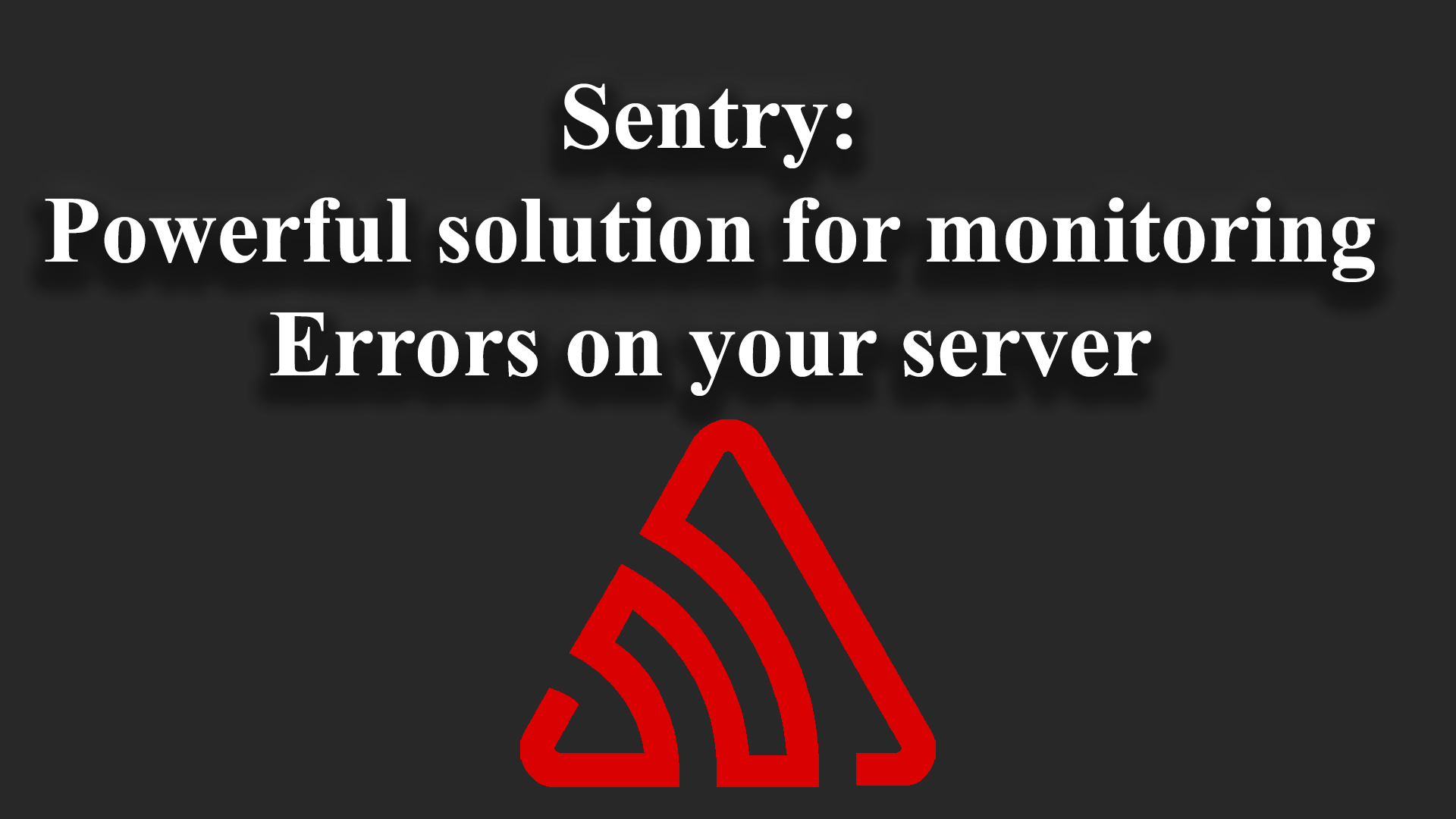Sentry: A powerful solution for monitoring errors on your server

Introduction:
Sentry is an innovative software designed to monitor and track bugs in applications. It provides developers and businesses with a reliable tool for detecting, logging and analyzing errors, allowing them to quickly respond and fix problems in applications. In this article, we will look at Sentry, its advantages and disadvantages, as well as its application areas and conclusion about it.
Description:
Sentry is a powerful error monitoring platform developed for various programming languages and frameworks. It works by intercepting and logging errors, and then provides developers with detailed information about the problem, including the call stack, error messages, and other useful data. Sentry supports various integrations with popular project development and management tools, which makes it convenient and flexible to use.
Why do I need Sentry:
Sentry plays an important role in application development and business by providing the following benefits:
- Real-time error detection: Sentry allows you to monitor the application in real time and receive notifications about errors that occur. This allows you to quickly respond to problems and fix them before they affect users.
- Full Error Information: Sentry provides developers with detailed error reports, including information about the call stack, variables, environment, and more. This helps to quickly and accurately identify the source of the problem and take appropriate action.
- Error Analysis and Tracing: Sentry provides the ability to analyze and trace errors in the application. You can view the error history, group them by type or frequency, and track changes and bug fixes.
- Integration with various tools: Sentry integrates with popular project development and management tools such as GitHub, JIRA and Slack. This facilitates the process of tracking and managing bugs, improves communication in the development team and increases work efficiency.
Advantages and disadvantages:
Advantages:
- Fast detection and response to errors in real time.
- Complete information about errors, which helps to eliminate them quickly and accurately.
- The ability to analyze and trace errors to improve the development process.
- Integration with popular development tools for convenience and efficiency.
Disadvantages:
- Some functions and features may require configuration and configuration of integrations.
- Implementing Sentry may require time and resources to configure and integrate existing systems.
Where it is used:
Sentry can be applied in various areas of business and development, including web applications, mobile applications, cloud services and other projects. It is useful for development teams, QA engineers, DevOps specialists and business owners who strive for high quality and reliability of their applications.
Conclusion about Sentry:
Sentry is a powerful tool for monitoring and tracking errors in applications. It allows you to quickly detect, analyze and fix problems, which improves the quality and reliability of applications. Due to its flexibility and integration capabilities, Sentry is an indispensable tool in development and business. If you are striving to optimize and improve the development process, it is recommended to pay attention to Sentry and implement it on your server.

